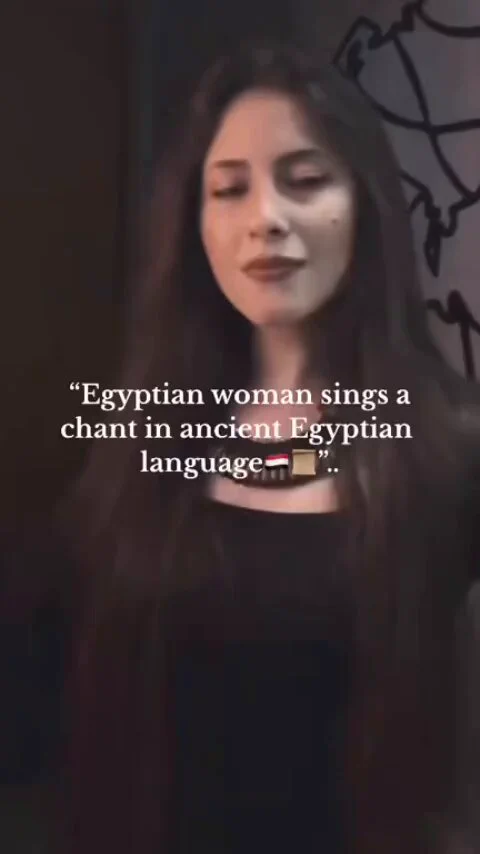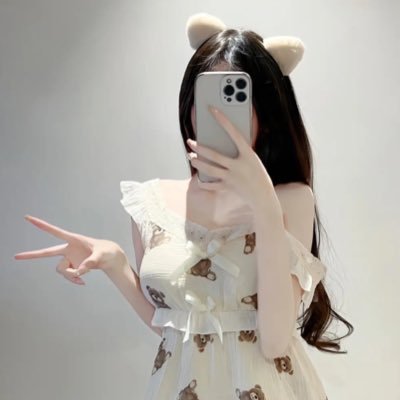Although music existed in prehistoric Egypt, the evidence for it becomes secure only in the historical (or "dynastic" or "pharaonic") period after 3100 BC. Music formed an important part of Egyptian life, and musicians occupied a variety of positions in Egyptian society. Music found its way into many contexts in Egypt: temples, palaces, workshops, farms, battlefields and the tomb. Music was an integral part of religious worship in ancient Egypt, so it is not surprising that there were gods specifically associated with music, such as Hathor and Bes (both were also associated with dance, fertility and childbirth). All the major categories of musical instruments (percussion, wind, stringed) were represented in pharaonic Egypt. Percussion instruments included hand-held drums, rattles, castanets, bells, and the sistrum, a highly important rattle used in religious worship. Hand clapping too was used as a rhythmic accompaniment. Wind instruments included flutes (double and single, with reeds and without) and trumpets. Stringed instruments included harps, lyres, and lutes-plucked rather than bowed. Instruments were frequently inscribed with the name of the owner and decorated with representations of the goddess (Hathor) or god (Bes) of music. Both male and female voices were also frequently used in Egyptian music. Professional musicians existed on a number of social levels in ancient Egypt. Perhaps the highest status belonged to temple musicians; the office of "musician" (shemayet) to a particular god or goddess was a position of high status frequently held by women. Musicians connected with royal household were held in high esteem, as were certain gifted singers and harp players. Somewhat lower on the social scale were musicians who acted as entertainers for parties and festivals, frequently accompanied by dancers. Informal singing is suggested by scenes of workers in action; captions to many of these pictures have been interpreted as words of songs. Otherwise there is little evidence for the amateur musician in pharaonic Egypt, and it is unlikely that musical achievement was seen as a desirable goal for individuals who were not professionals. Ancient Egyptians have long valued music much in their daily life. Performing musicians and vocalists are frequently seen alongside the tunes they played or sang along to in wall reliefs and paintings found in temples and tombs. In addition to musical instruments, a wide range of items decorated with images of musical sceneries have persisted to this day. There are many statues and statuettes of musicians, and the abundance of textual material enables us to determine the performers’ names, the names of their instruments, their repertoires, and the playing styles they employed. The singer Kahay, who was praised for his lovely voice, was one of the artists whose names were also well-known. The harp was not only the most popular musical instrument in ancient Egypt, but it was also shown as one of the sacrifices made to the gods during rituals and processions. Texts indicate that it was decorated with priceless materials. An ebony, gold, and silver harp belonged to King Ahmose. A step farther was taken by Thutmose III, who ordered “a superb harp made with silver, gold, lapis lazuli, malachite, and every splendid precious stone.” Perhaps the easiest method to create music is to sing, clap your hands, or snap your fingers. However, a range of musical instruments, including idiophones and membraphones, as well as wind and stringed instruments, were already in use throughout the ancient Egypt. All of instruments used in ancient Egypt are being used today. There were wind instruments such the shepherd’s pipe, double-pipe, clarinet, flute, oboe, and trumpet, as well as percussion instruments including drums, the sistrum, rattles, tambourines, and later, bells and cymbals. Similar to today, musicians performed them individually or in an ensemble. 🎥© TikTok #archaeohistories#





















